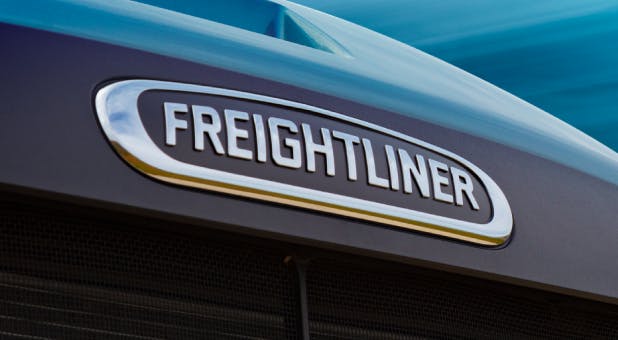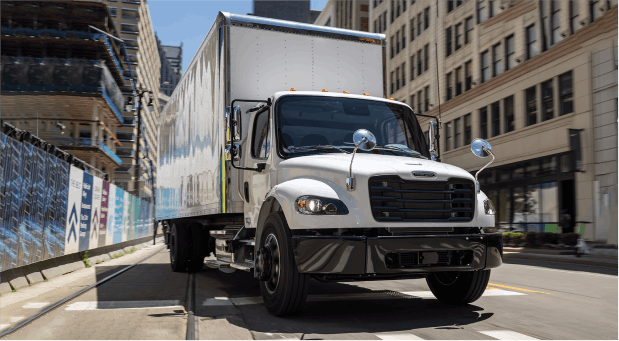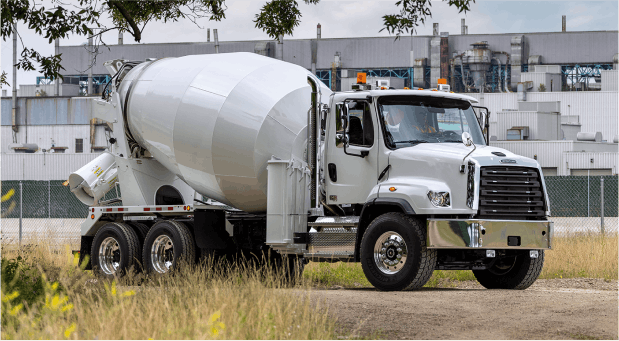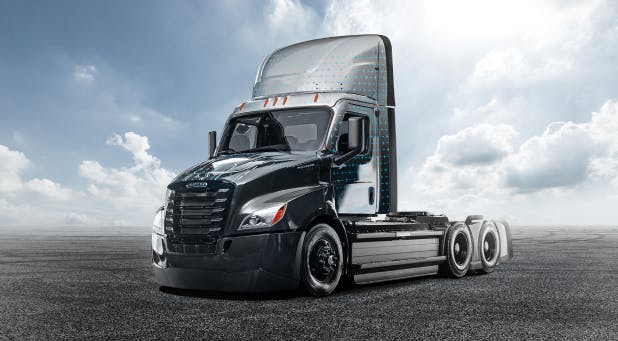How to Estimate a New Semi-Truck’s Price
Freightliner Trucks Price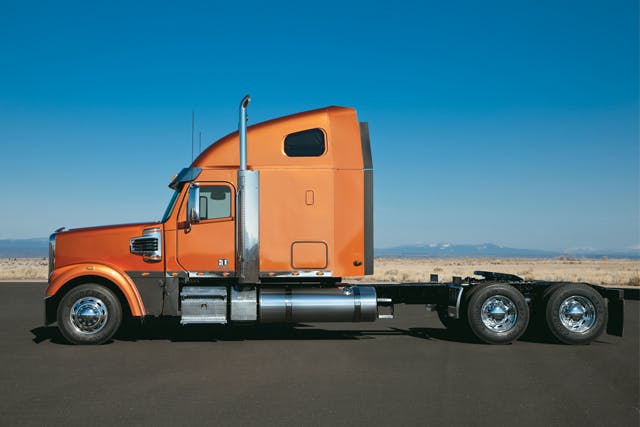
Every semi-truck is different, both on the outside and inside. So, calculating a brand new semi-truck price depends on numerous factors. Before purchasing a semi, it’s important to consider all factors involved with the truck’s application(s), such as:
- Does the truck need quality downhill control for steep, mountainous geography?
- How heavy/large will the average load for this truck be?
- Will the truck be used overnight or for short-term transport?
- What can the truck expect to endure in terms of harsh weather?
After answering these and any other applicable questions, businesses can move forward with calculating a more educated estimate.
Pricing Factors to Consider
From the kind of truck cab you buy to the smaller yet integral components, a new semi-truck’s price estimate can fluctuate from truck to truck.
Semi-Truck Type
The first new price estimation factor will surround which type of semi-truck your business needs. Are you searching for medium-duty dump trucks, a severe-duty heavy hauler or an on-highway transporter? Do your transport drivers need a day cab, raised or mid-roof sleeper or to complete jobs with reduced stress and more uptime?
As an example, if your business specializes in low bulk loads, but your drivers typically experience long-haul, overnight trips, a mid-roof sleeper cab is likely your best bet. If your drivers complete long haul jobs the majority of the time and your business is searching for a new semi-truck cab that keeps fuel economy and Total Cost of Ownership (TCO) in mind, a raised-roof sleeper cab may be the right choice. While a raised-roof sleeper may increase your new semi-truck’s price estimate, your business will be investing in a long-term product that increases profits over a short amount of time.
Spec’ing
To get the most out of your truck, it is critical that the dealership you work with knows how to properly spec for your particular application. Spec’ing the trucks for optimized fuel efficiency with the proper engine, transmission, axles, suspension, and other components will pay off big in cost savings. Before buying your next truck, ask your dealer what type of experience they have with your particular application and segment.
Engine
Detroit® and Cummins-manufactured engines also come into play when considering a new semi-truck’s price. Typically, your estimate will fluctuate based two things: horsepower and fuel usage. Ranging from 200-600 horsepower, both diesel and natural gas accepting engine models are built for any light to heavy duty application. Additional questions businesses should consider in compiling a new semi-truck’s price estimate include:
- Is the engine integrated with the powertrain?
- Does the engine have turbo compounding and/or advanced combustion capabilities?
- How much torque does the engine offer?
- What kind of emissions technologies are in place?
- Does the engine meet standard Greenhouse Gas regulations (GHG) or does it exceeds them?
- Is the engine biomethane compatible?
- What kind of braking system is integrated into the engine?
- Does the engine offer decreased vibrations?

Transmission
Your new semi-truck’s price estimate will need to include a manual, automatic or hybrid transmission in your price estimate. With efficiency and duty demands in mind, Detroit, Allison and Eaton-manufactured transmissions are configurable to your business’ trucks and their job descriptions. Regarding pricing differences, computer-controlled transmissions can influence a price estimate more than a traditional option. However, computer-controlled options offer monitored fuel efficiency. In the end, application and overall business goals should be the driving factor for what type of transmission you choose for a new semi-truck.
Other Components
Other components such as axles and suspensions can change a new semi-truck’s price. Axles manufactured by Detroit, Hendrickson and Merito deliver the front steer, single rear and tandem rear support your semi will need to complete demanding jobs. Freightliner, Chalmers and Hendrickson-manufactured suspension options allow for varying payload capacities and better support a smooth driving experience. Based on the type of semi-truck you purchase, the suspension you choose can offer reduced weight and improved tire wear.
Total Cost of Ownership
Last, but not least you have one of the most important factors to consider when evaluating price and that is TCO or your total cost of ownership over the lifetime of the truck. Most TCO discussions start with fuel efficiency and include other contributing factors like scheduled maintenance. But Freightliner has gone one step further and prepared a comprehensive evaluation of hard and soft costs over the lifetime of a truck. It determines the truck’s real value to your customer’s business. This evaluation is called RCO (Real Cost of Ownership) and involves on-highway factors such as fuel efficiency, uptime, quality, safety, and connectivity. On the vocational side, the pillars focus on upfit, support, safety, quality, and productivity. To learn more visit the Freightliner RCO page here.
To learn more about the many facets that are considered in a new semi-truck’s price and how you can pay for it, utilize this helpful payment estimation calculator, then contact us today.

